If you’ve visited a natural wine bar in your neighborhood or held up a bottle of cloudy bubbles in the “naked wine” section at the liquor store, you’ve probably thought: “What’s the deal with pét-nat wine?”
Short for pétillant naturel, which means “naturally bubbly” in French, pét-nat is a centuries-old way of making bubbles—so ancient it predates Champagne. While pét-nat has been around for a long time, it’s enjoying a resurgence as part of the broader natural wine trend that’s appealing to wine drinkers who are more conscientious about what they’re consuming, including wines that haven’t been tinkered with much.
Really, you could think of pét-nat as the quirky, funky cousin of Champagne. The bubbles are a bit more frothy and, with pét-nat, you might think of your favorite sour beer, if that beer had a bit of a creamy texture, says Bob Smith, certified specialist of wine and director of beverage at Montage Palmetto Bluff in South Carolina.
Also, the bubbles in pét-nat are gentler, says Taylor Berk, sommelier and wine director at Animae in San Diego.
“The flavor profiles are more direct and less mature,” Berk says. “You might pick up notes of pink Starburst candies with a bit of a sour edge in some of the rosés. Sometimes dry cider-esqe notes from white pét-nats, and a berry explosion in some of the reds.”
Also, since most of the wines are unfiltered (the yeast used during the fermentation is still present in the bottle), you might also get some secondary flavors of biscuit or toast, says Eric LaVoie, a WSET Level 4 and assistant wine store manager at Eataly Boston.
Wine with a fizz
Pét-nat is naturally bubbly because the winemaker captures the wine in the middle of its fermentation process, explains Troy Bowen, sommelier and co-owner of Noble Riot, a wine bar in Denver, Colorado. They don’t wait for the yeast to convert all the grape’s sugar to alcohol. Pét-nats go into bottles while they’re still fermenting. This traps the byproduct of that process—carbon dioxide—which produces the fizz, he says.
“And since all of this happens in the bottle, the yeast sediment often remains, making the wine cloudy or even chunky, depending on how much the winemaker cares about clarity,” Bowen says.
Pét-nats can also come in myriad colors, including white, pink, orange, and red, says Ian Asbury, owner and founder of Good Clean Fun, a wine bar, bottle shop, and restaurant in downtown Los Angeles.
“They’re typically, and most importantly, meant to be quaffable,” he says.
With that pét-nat primer out of the way, here are six bottles that sommeliers and wine experts recommend. A disclaimer: These sparkling wines are typically made by small producers who practice sustainable farming and production methods, so, it can be hard to track down certain bottles.
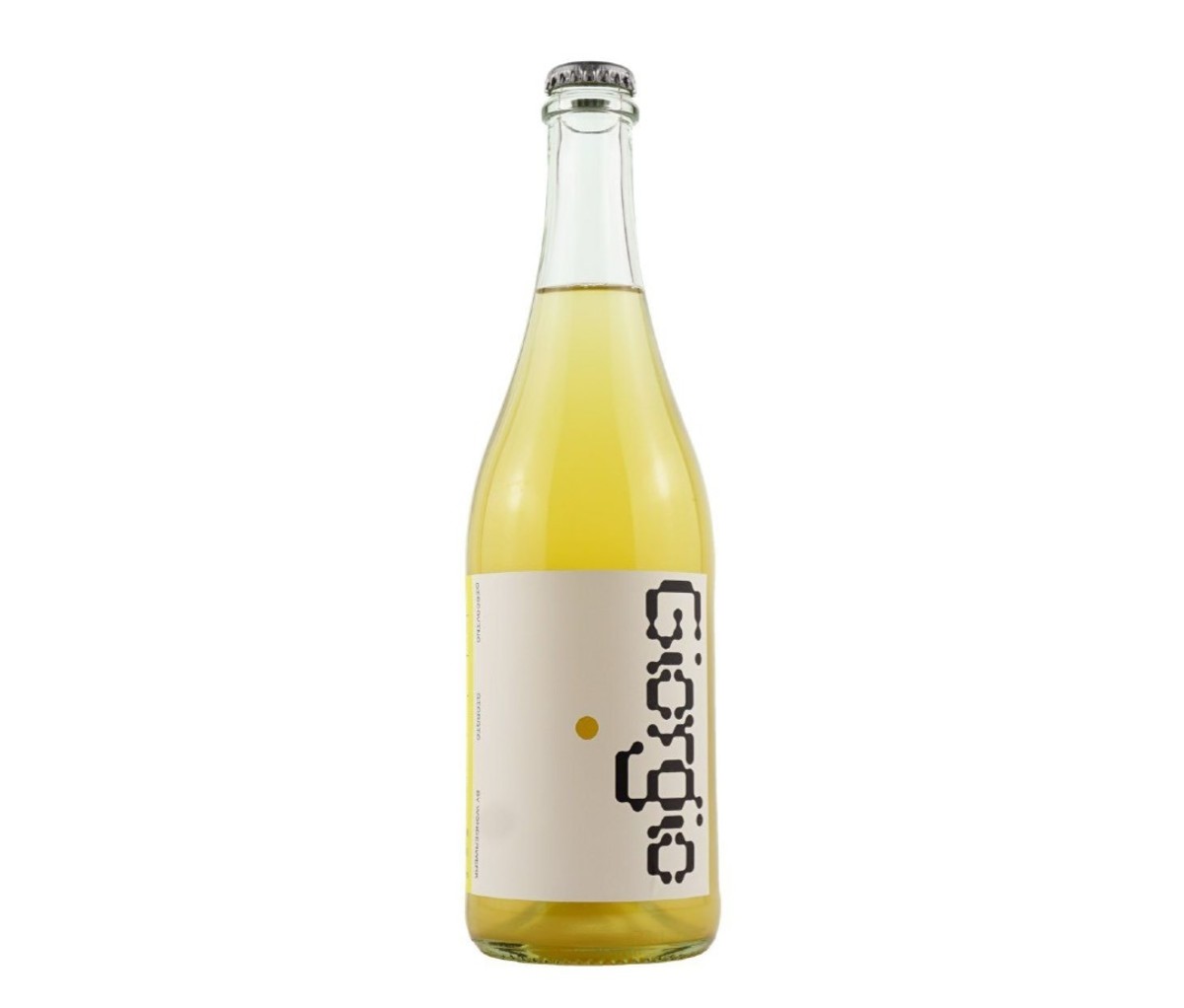
1. Wonderwerk Giorgio Riesling Pet-Nat 2020
For an endless summer type of wine, this bottle made with organically farmed Riesling grapes delivers. “It absolutely bursts with tropical fruits like pineapple and mangosteen, while still being bright and refreshing,” says Kristin Olszewski, sommelier and founder of canned wine brand Nomadica.
[$30; primalwine.com]
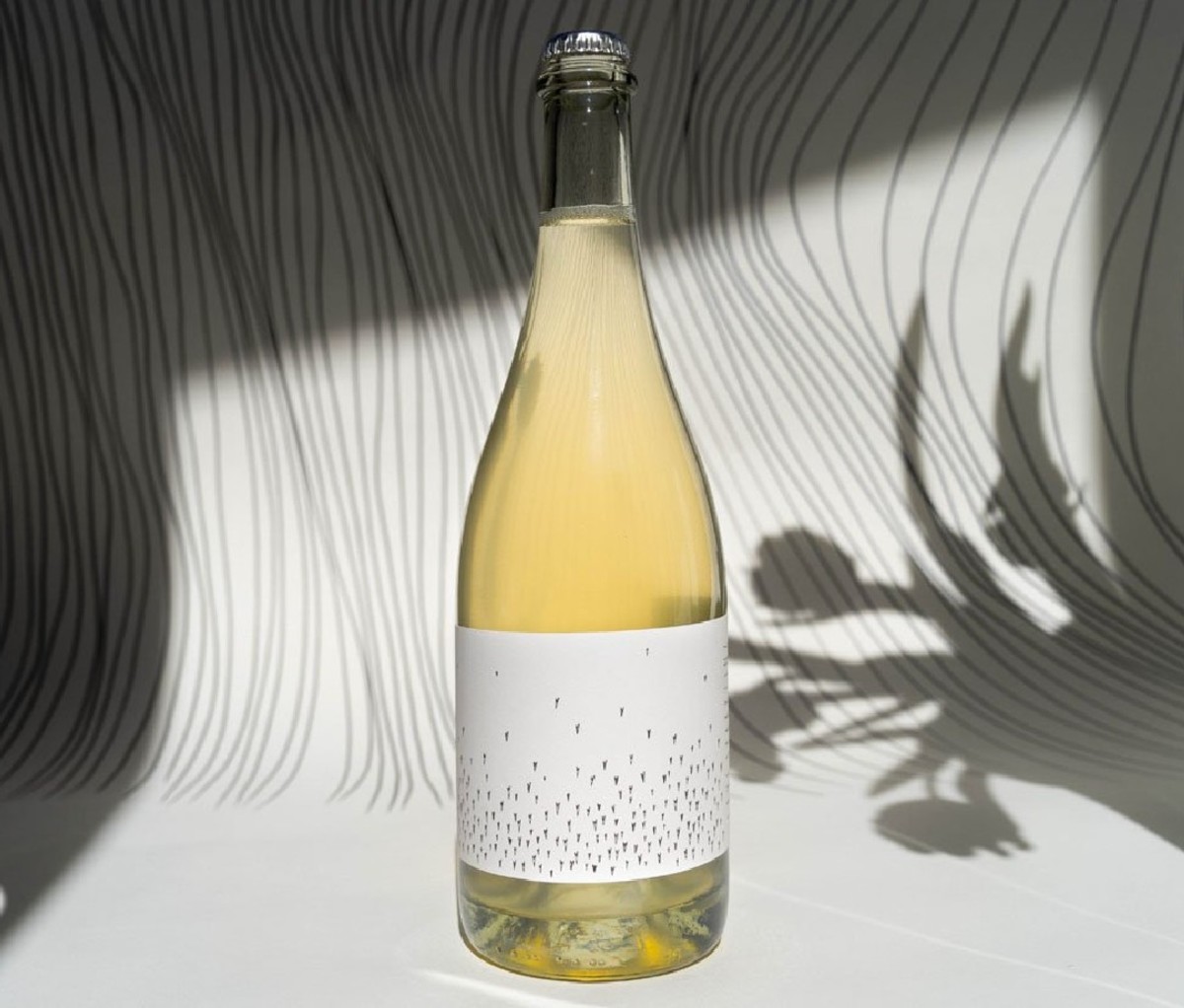
2. Broc Cellars Love Sparkling Chenin Blanc
The beauty of pét-nat is that it can be made with all kinds of grapes, with the CO2 trapped in the bottles giving it the “farmer fizz,” says Paola Embry, certified sommelier and CEO and wine director at Wrigley Mansion in Phoenix, Arizona. This chenin blanc from 50-year-old vines in Paso Robles, California, is one of her favorites. “It’s bone dry and on the floral side,” Embry says. “It’s also perfect for picnics and a great introductory wine for those just getting into the category.”
[$25; Coming soon to broccellars.com]
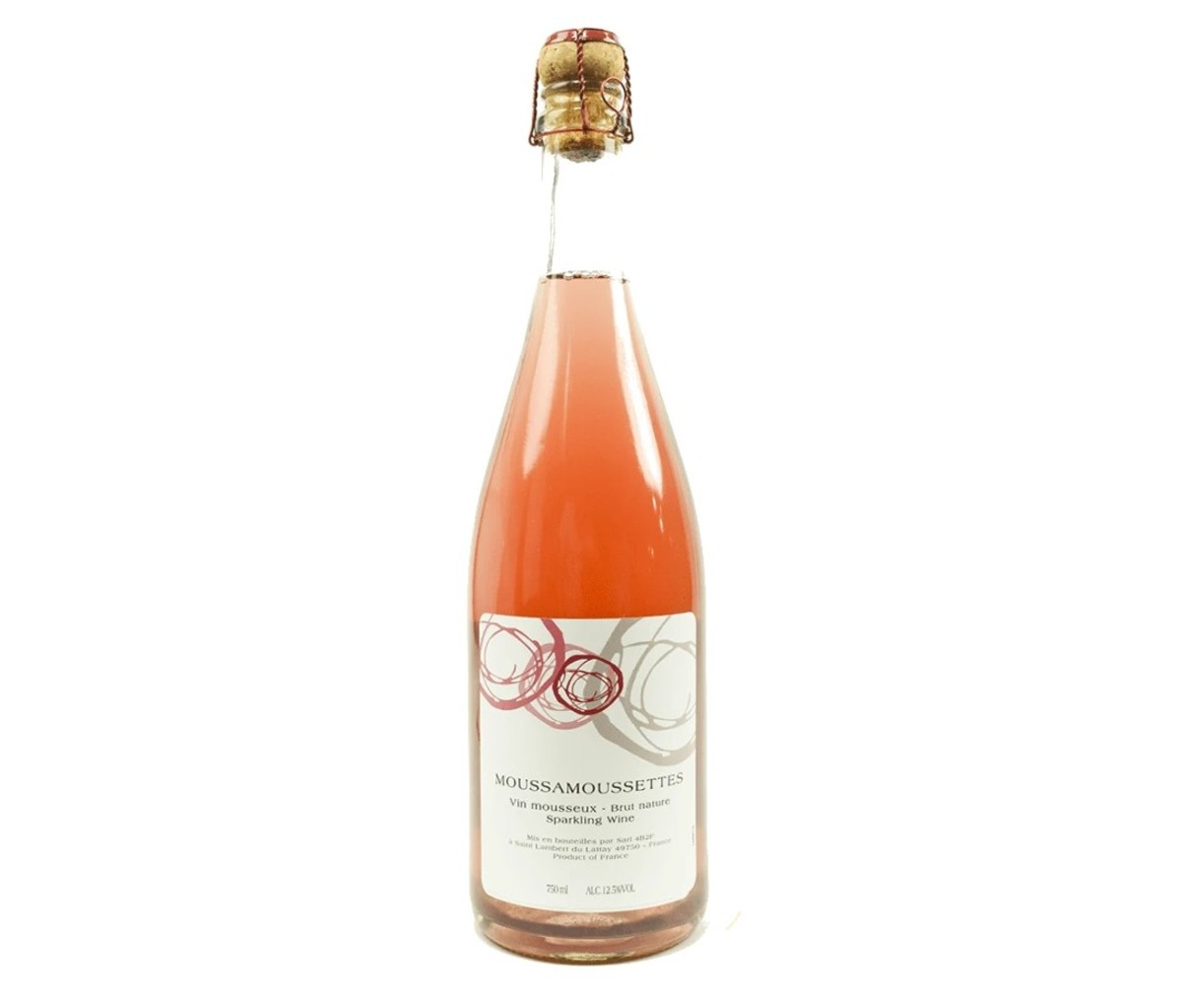
Mosse Winery’s Moussamoussettes Courtesy Image
3. Mosse Winery’s Moussamoussettes
Look to the Loire Valley in France to find examples of pét-nat with a rebellious streak. However, you’ll see they’re made with decades of practice, says Bowen. “Moussamoussettes balances tart raspberry and floral notes with savory, earthy elements like celeriac and yeast,” he says. The bottle has sour, kombucha-esque acidity but isn’t too funky.
[$30; enjoywineonline.com]
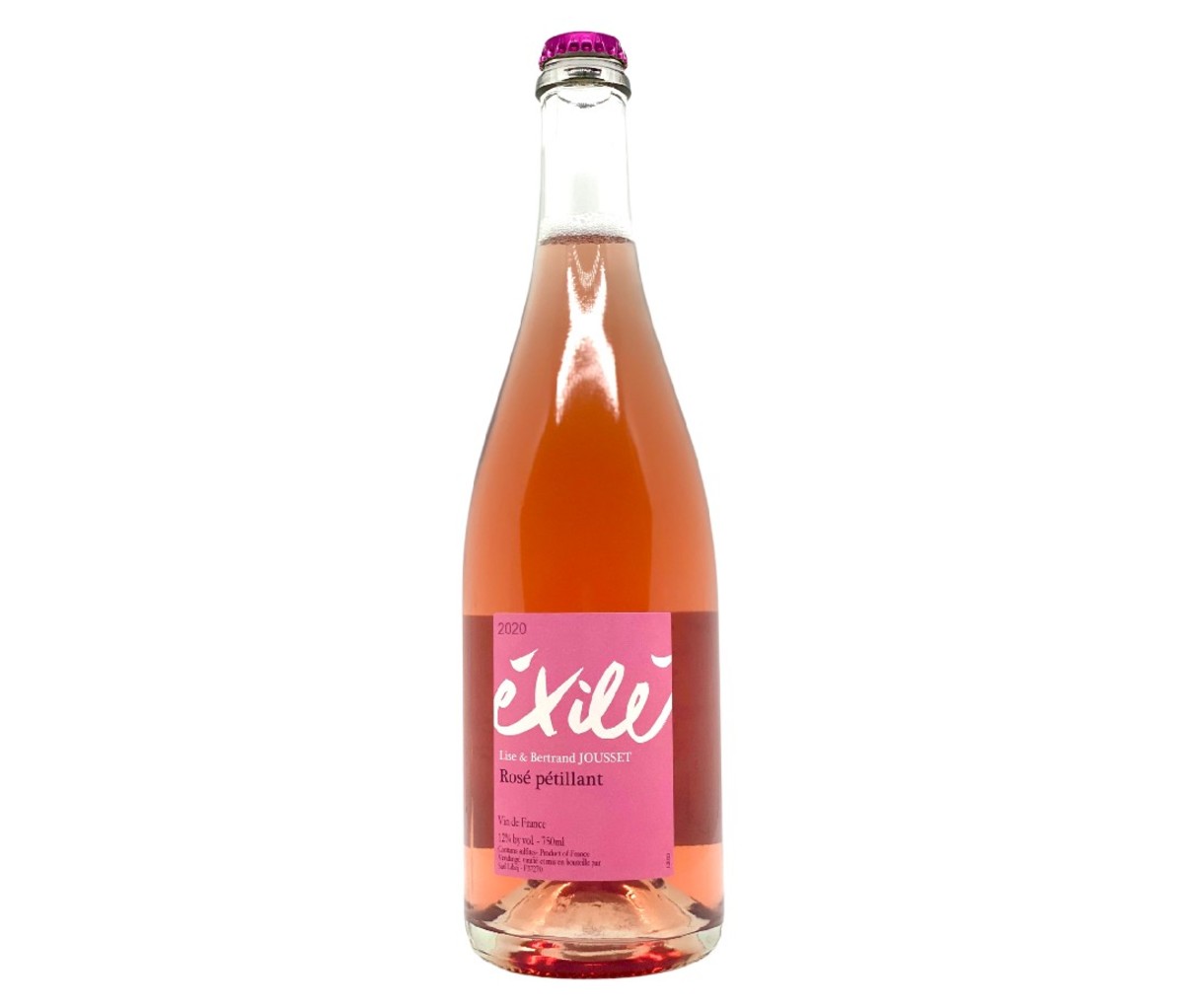
4. Domaine Lise et Bertrand Jousset Pet Nat Exile Rose 2020
Another stellar pét-nat from the Loire Valley in France, this bottle has a deep black cherry tone with a hint of black pepper and juniper, says Amy Racine, beverage director and sommelier with JF Restaurants, a New York-based hospitality group. “It’s more savory and excellent with game such as duck, turkey, or lamb. It’s also great with roasted mushrooms or nutty wild grain dishes,” Racine says.
[$22; wine-searcher.com]
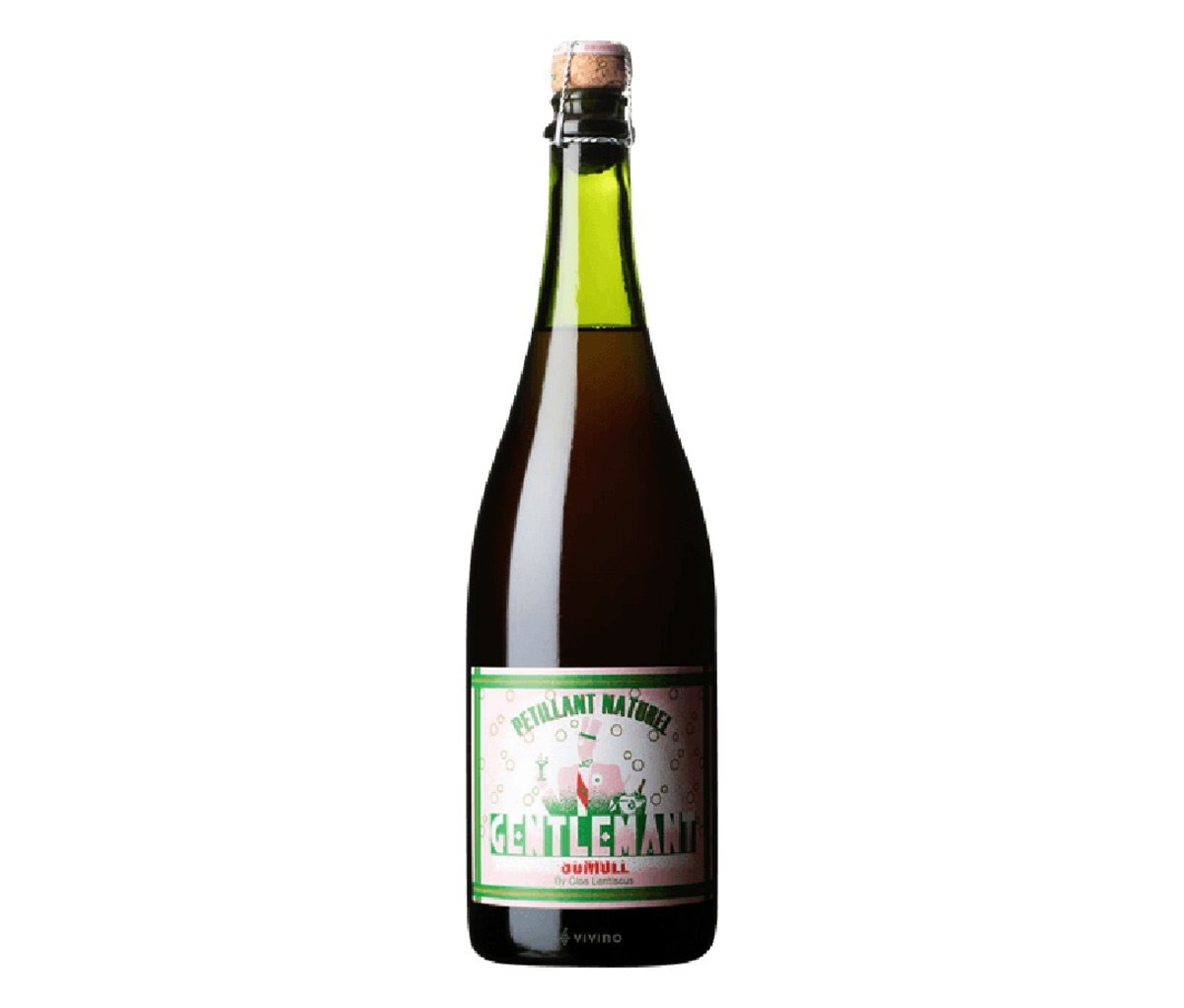
5. Clos Lentiscus Gentlemant Penedès Sumoll 2016
This unique pét-nat is made from Sumoll grapes, a black variety native to Penedes, Catalonia, in Spain, explains James Beard Award nominee Karina Iglesias, the wine director at Itamae in Miami. The winemaker, Manel Avinyó (known as the bubble man), uses biodynamic and classic farming methods to produce his wines. This one has an aroma of berries with a hint of hibiscus, Iglesias says. “I love this wine because the result is a fresh and lively wine,” Iglesias says. “You’ll notice a beautiful blood orange color in the glass.”
[$36; finding-wine]
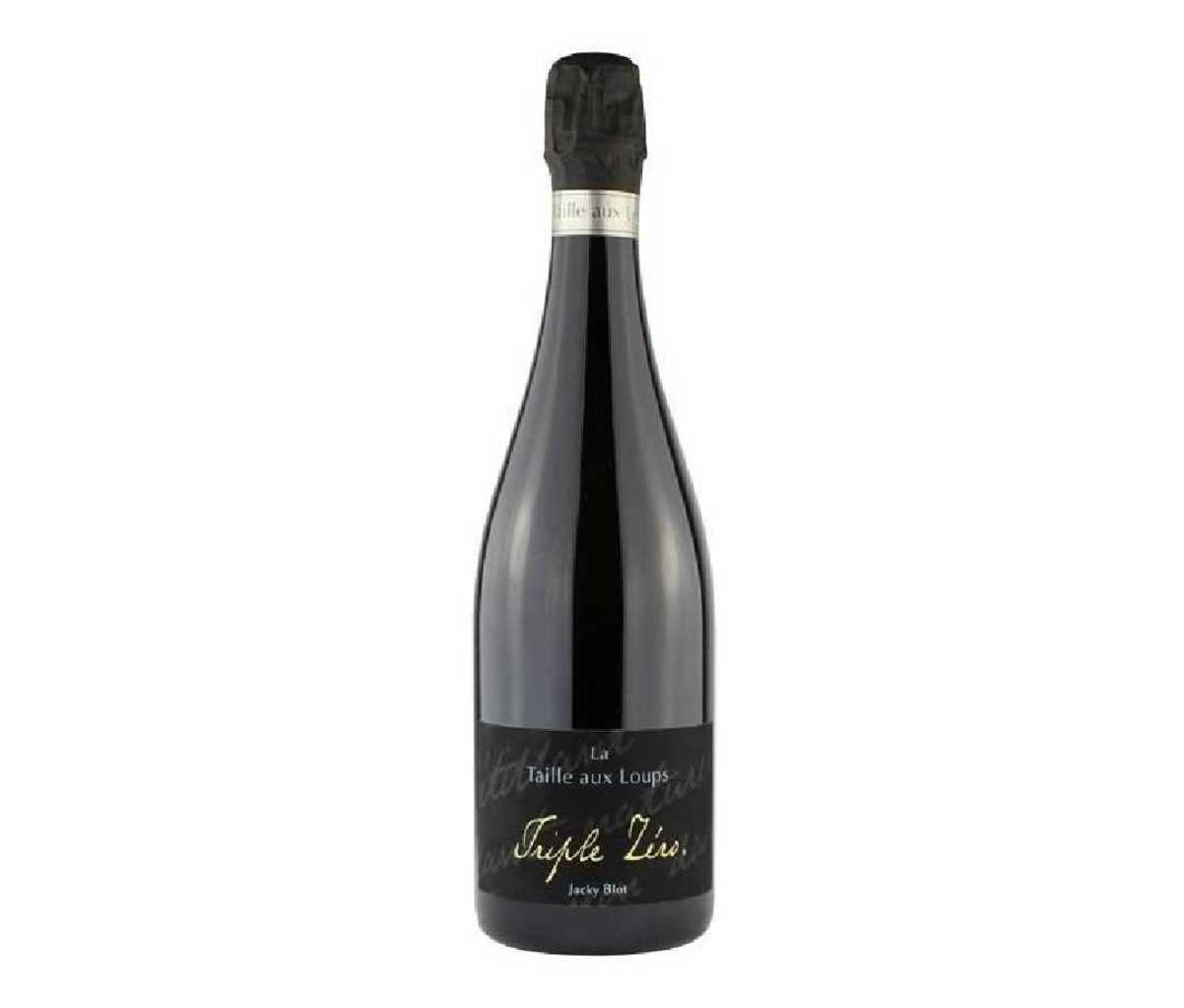
6. Jacky Blot Domaine de la Taille Aux Loups “Triple Zero” Montlouis Pétillant Brut
This natural, lightly sparkling wine is made from old vine Chenin Blanc in the Loire, which is a region known for consistent and well-made pet-nat, says Estelle Bossy, beverage director at the Panorama Room and Anything At All at the Graduate Roosevelt Island in New York City. The wine is dry and has terrific texture thanks to the 24 months aging on the lees she says. “It’s citrusy, salty, super-refreshing and the perfect juice to accompany oysters from the raw bar,” she says.
[$30; klwines.com]
For access to exclusive gear videos, celebrity interviews, and more, subscribe on YouTube!
